-
TrackoBit
Manage commercial vehicles with the new-age Fleet Management Software
TrackoBit -
TrackoField
Streamline your scattered workforce with Field Force Management Software
TrackoField -
Features Resources
-
Blog
Carefully curated articles to update you on industrial trends. -
White Paper
Insightful papers and analysis on essential subject matters. -
Glossary
Explore an alphabetical list of relevant industry terms. -
What’s New
Get TrackoBit & TrackoField monthly updates here. -
Case Study
Explore the cases we solved with our diverse solutions. -
Comparisons
Compare platforms, features, and pricing to find your best fit.
-
About Us
Get to know TrackoBit: our team, ethos, values, and vision. -
Careers
Join the most dynamic cult of coders, creatives and changemakers. -
Tech Support
Learn about our technical support team and services in detail. -
Events
Check out the exhibitions where we left our marks and conquered. -
Contact Us
Connect with us and let us know how we can be of service.
6 Common Route Planning Challenges
- Author:Tithi Agarwal
- Read Time:9 min
- Published:
- Last Update: October 13, 2025
Table of Contents
Toggle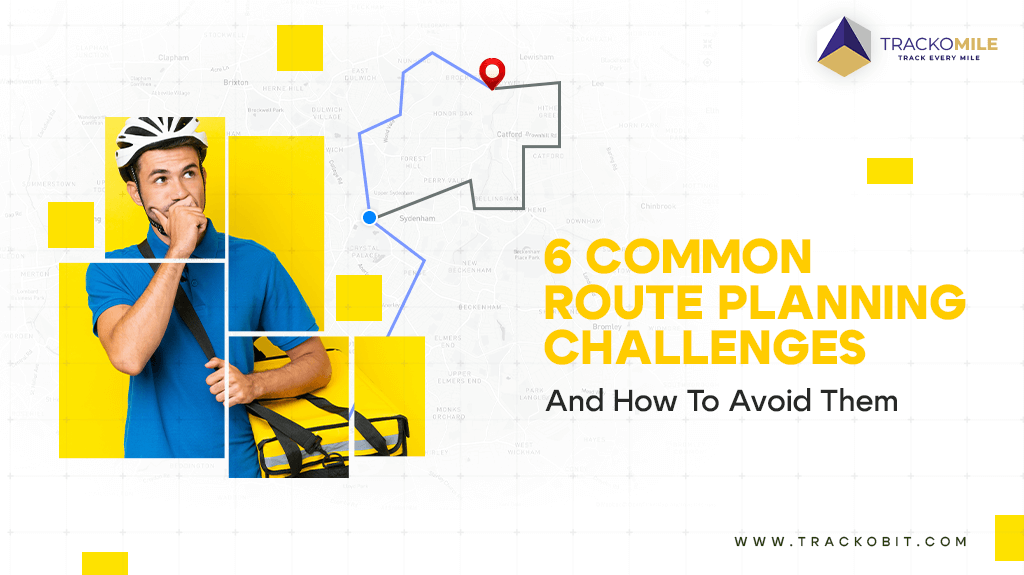
Are you noticing a rise in second attempts in last-mile deliveries? Well, it’s because of these 6 route planning challenges. Know how you can spot and fix them before it’s too late.
Table of Contents
Toggle
Are you seeking to make your delivery operations leak-proof? Well, it won’t happen as long as you manually plan routes, don’t leverage existing data, and don’t monitor driver performances. These challenges are restricting your last-mile delivery businesses from increasing profits and scaling.
It can get really difficult for companies and drivers to work without proper route planning, as they will have no idea where to go next in order to reduce delivery costs and time.
So, let’s solve this problem once and for all in this article. But first, let’s discuss some of the challenges you might encounter while route planning forlast-mile delivery operations.
6 Most Common Route Planning Challenges (You Need to Address)
Here are some of the complexities that are jeopardising the delivery operations.
Challenge #1 Manual Route Planning
Let us first address the elephant in the room — manual route planning.
It is feasible for small businesses with fewer riders and orders to rely on manual methods of planning routes and scheduling delivery stops. However, this method is highly cumbersome, time-consuming, and error-prone when big delivery businesses with huge lists of delivery stops are on the line. Planning routes involves many intricacies, especially when done manually. This method often demands valuable team resources (making you pay hefty wages).
No Mistake is Without Consequences!
Ineffective routes cause resource misallocation, which reduces operational efficiency. This includes the wasteful utilization of personnel, delivery trucks, and the entire logistics infrastructure. When several routes are taken into account, this problem can double tenfold.
Manually planned routes, which are often inefficient, typically require longer travel times and more time on the road. Because of this increased use, cars experience faster wear and tear, requiring more regular maintenance and repairs. |
Last-mile delivery is more dynamic and devoid of a regular or permanent delivery schedule, The frequency of adjustments or responses of dynamic variables, relying on manual planning can prove to be impractical. Dynamic routes require dynamic strategies, using algorithms or rerouting to reduce response time. Therefore, having automated processes not only saves time and money but surpasses the limitations of manual planning.
Challenge #2 Optimising Only Speed and Not Minding Other Constraints
By only focusing on on-time delivery or increasing the fulfilment speed and not considering other influential factors make the process incomplete and prone to setbacks. Do you look through the following variables while planning the delivery process?
- Duration of stops
- Effective load balancing
- Vehicle limitation
- Traffic conditions
- Driver skills
- Necessary breaks
Neglecting all of these factors will introduce inefficiencies in the delivery process, such as unintended delays, missed deadlines, and a hike in operational costs.
Additionally, ineffective load distribution within the vehicles will ultimately lead to suboptimal space use and an increase in fuel consumption. Not accounting for traffic conditions, potential delays will eventually lead to poor schedules, missed deadlines, and dissatisfied consumers.
No Mistake is Without Consequences!
When routes are not planned well, drivers will take inefficient routes, which increases fuel consumption when making trips. This burdens the operating budget and raises environmental issues that don’t mesh well with sustainability objectives.
Reduced profitability results from various factors, including rising fuel prices, vehicle wear and tear, longer delivery times, and inefficient operations. The overhead resulting from these inefficiencies reduces businesses’ potential profits. |
Neglecting the importance of considering driver proficiency/skills and the necessary breaks will also risk the riders’ safety and efficiency of deliveries. Overburdening the drivers or disregarding their experience may compromise the quality and timeliness of deliveries, potentially affecting their well-being.
Challenge #3 Not Adhering to Delivery Time Windows
Adhering to delivery time windows is beneficial not only for consumers but also for delivery businesses. It is undoubtedly impactful in ensuring a positive consumer experience. Implementing a delivery time window makes space for strategically consolidating deliveries within specific areas during a fixed time frame.
By assigning time windows for different areas on particular days, businesses can effectively optimise delivery times and schedules, thereby, increasing delivery accuracy. This will eventually lead to successful first-attempt deliveries and minimise re-delivery attempts, thus saving time and cost.
No Mistake is Without Consequences!
Delivery routes become unpredictable due to ineffective planning, which results in delays and lengthier delivery times. Customers may become dissatisfied and may even stop doing business with you if the promised delivery windows are missed. This has a negative effect on customer satisfaction.
Unmet customer expectations are strongly linked to ineffective route planning. Deliveries that are delayed, inaccurate time estimates, and unreliability all lower consumer satisfaction and destroy brand trust. |
A bonus fact is that providing a delivery time window reduces customer inquiries regarding their order status. Providing consumers with an ETA and tracking ID empowers them with accurate information, eliminating the need for frequent follow-ups.
Challenge #4 Not Tracking Your Drivers
Missed optimisation opportunities and serious operational issues might result from not tracking your drivers during their whole route. If all you can see of the day’s events is the times of departure and arrival, there is a significant void in your comprehension of the travel between, which may point to underlying problems.
Without real-time monitoring, drivers may stray from scheduled routes due to unforeseen events or obstacles, which could cause unanticipated delays. If left unnoticed or handled, these delays may continue and impact other deliveries during the week, resulting in inefficiencies. Additionally, drivers blindly following inefficient routes may have to make unneeded detours or go backtrack, which can greatly impact productivity, time management, and fuel consumption.
No Mistake is Without Consequences!
Companies that use inefficient route planning risk losing their competitive advantage in a market where dependability and speed are critical. Investing in efficient delivery procedures gives rivals a big edge over inefficient enterprises, which could lead to a decline in market share. |
Good tracking systems provide businesses with preemptive responses to unanticipated delays or route diversions by providing real-time data about driver positions. As soon as these problems are identified and fixed, ongoing routes may be optimised, and drivers can receive the assistance they need, lessening the impact of delays and inefficiencies.
Challenge #5 Not Optimising Vehicle Capacity
Delivery efficiency can be severely impacted, and operating costs will rise if you fail to maximise vehicle capacity within your fleet operations. Every automobile in your fleet has unique limitations, such as weight and load capacity. If these limitations are not considered, resources may be used inefficiently, resulting in vehicles carrying partial loads, underusing available space, and increasing the cost per delivery.
No Mistake is Without Consequences!
Reduced profitability results from various factors, including rising fuel prices, vehicle wear and tear, longer delivery times, and inefficient operations. The overhead resulting from these inefficiencies reduces businesses’ potential profits. |
Businesses may ensure that every vehicle is used to its fullest potential by streamlining the distribution of supplies to vehicles according to their distinct capacities by implementing technology-driven optimisation tools. Technology can help optimise vehicle loading by taking delivery order into account in addition to capacity. The unloading process is made more efficient by carefully planning the loading sequence so that the last item loaded is for the first delivery, and vice versa.
Challenge #6 Not Monitoring Delivery Performance
When delivery performance is not tracked, it can lead to blind spots in your operations, costing your company reputation and inefficient operations. Delivery performance can be tracked and analysed to provide priceless data that can be used to find operational gaps, areas for development, and efficiency gains.
Businesses can evaluate the precision and effectiveness of the planned routes by comparing planned timetables with actual delivery timings through delivery performance monitoring. They can monitor the cost of every delivery, which gives them a thorough grasp of the costs of every delivery.
No Mistake is Without Consequences!
|
Moreover, tracking delivery performance makes it easier to spot patterns and trends. This investigation might identify any bottlenecks or re-occurring problems in the delivery process. With this understanding, companies can proactively tackle these issues, enhance the dispatch process, and optimise operations to increase effectiveness.
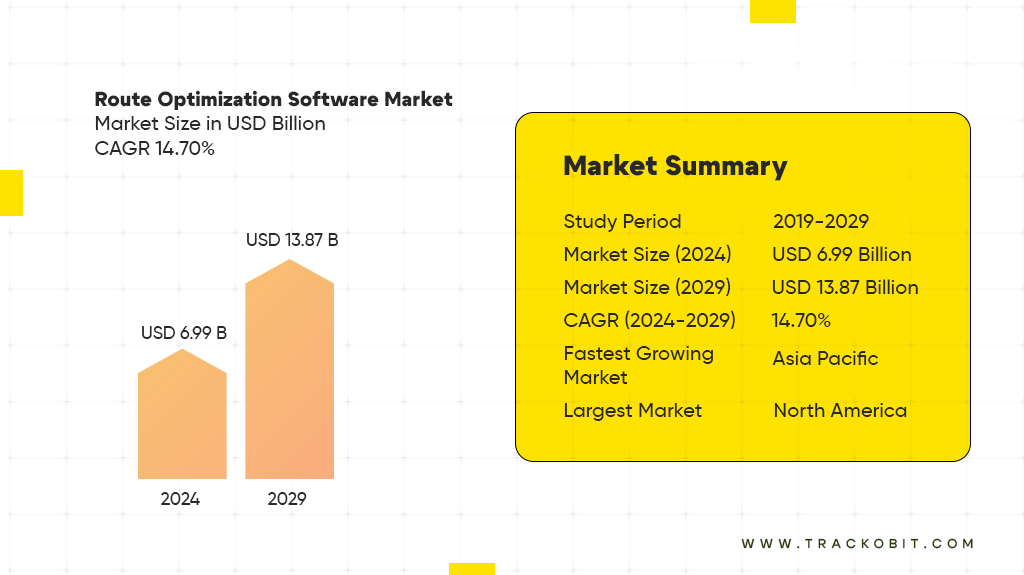
Characteristics of Route Planning Software that Mitigate These Challenges
Using efficient route planning and optimising software with a number of features that automate the task of planning efficient routes and increase chances of on-time delivery is a great help for last mile delivery business.
| Components | Description |
| Leverages Advanced Algorithms | Route planning solutions use sophisticated algorithms that go beyond simple mapping. These algorithms dynamically optimise routes in real time by considering variables, including delivery windows, traffic patterns, and road conditions, and 120+ other factors. This clever strategy guarantees that deliveries are effective and flexible when facing unforeseen difficulties. |
| Offers Real time Tracking | Modern routing software has real-time tracking as one of its primary functions. Companies can track the progress of deliveries in real time, giving them visibility into the whole delivery process. This improves client communication, facilitates proactive problem-solving, and strengthens operational control. |
| Pro at Route Optimisation | Dynamic route optimisation is one of the main features that allows the program to modify routes at any time. The programme may dynamically rearrange routes to guarantee that efficiency is maintained throughout the delivery process, regardless of the changing traffic circumstances, unforeseen delays, or new delivery demands. |
| Multi-Stop Sequencing | Route planning software automates multi-stop planning. The software arranges the stops in seconds after cosidering variables like traffic, time constraints, distance, priority, and more. |
| Supports Analytics and Insights | Last mile software is a potent analysis tool in addition to being about execution. Through analytics, it gives firms insightful information that helps them make well-informed decisions about their operations. These insights, which support ongoing delivery strategy improvement, might range from performance measures to areas for improvement. |
| Streamlines Delivery Operations | Businesses can expedite their route optimisation planning by utilising the features of route planning software. This leads to notable cost savings in addition to increased efficiency. Reduced fuel consumption, less wear and tear on the vehicles, and optimal resource utilisation are all benefits of efficient routes, which support a lean and productive delivery operation. |
| Utilises Geocoding | Geocoding can assist drivers in avoiding costly and time-consuming errors: In essence, it transforms those imprecise addresses into exact geographic coordinates so that your vehicles can deliver goods on schedule. |
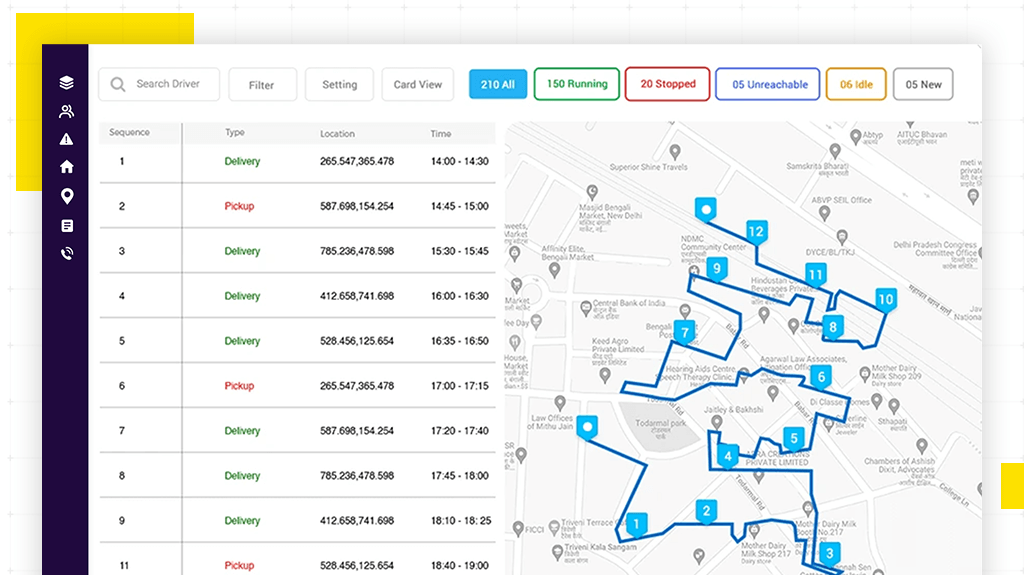
TrackoMile’s route optimisation algorithms in action 👆
Conclusion
Route planning is a challenging task for dispatchers, as they have to plan optimised routes to ensure on-time delivery of orders and reduce drivers’ on-road time and fuel consumption. This has to be kept in mind along with other constraints like the nature of the order, delivery time window, rider, and vehicle availability/ bandwidth.
Using route planning software will make this job much more easier. It has features that automate route planning and optimising faster as it considers 120 + factors in seconds before suggesting the best-suited route. TrackoMile, a last-mile delivery software, offers route planning and optimisation solutions that support easy sequencing of almost 100+ stops.
Want to witness the magic of TrackoMile, why not get your free demo today?
Frequently Asked Questions
-
What is a route planning software?
A route planner is a technology solution that helps plan fuel-efficient routes considering all kinds of routing complexities such as traffic, weather, roadblocks, and turn restrictions to make sure drivers arrive at their destinations on time, every time.
-
What is the purpose of route planning?
Route planning aims to find optimal routes, save travel time and fuel, minimize delivery delays, prioritize safety, boost efficiency, and make customers happy by ensuring timely arrivals.
Tithi Agarwal is an established content marketing specialist with years of experience in Telematics and the SaaS domain. With a strong background in literature and industrial expertise in technical wr... Read More
Related Blogs
-
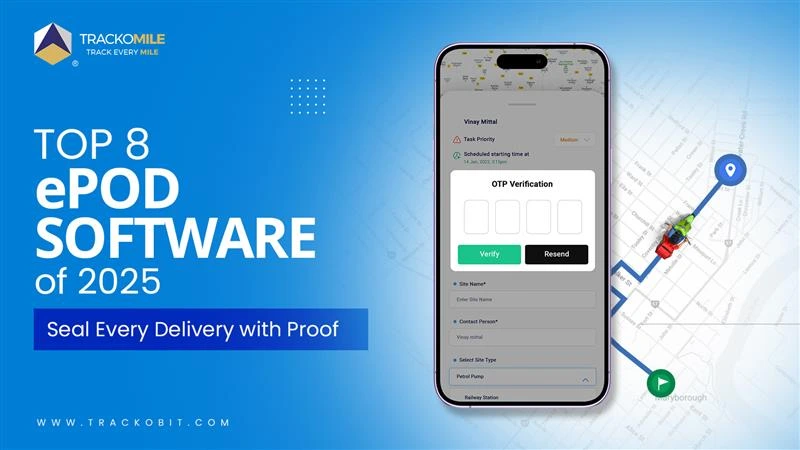
Top Electronic Proof of Delivery (ePOD) Software in 2025
Tithi Agarwal September 25, 2025Electronic proof of delivery has become the backbone of modern logistics. Explore the top 8 ePOD software in 2025 and…
-
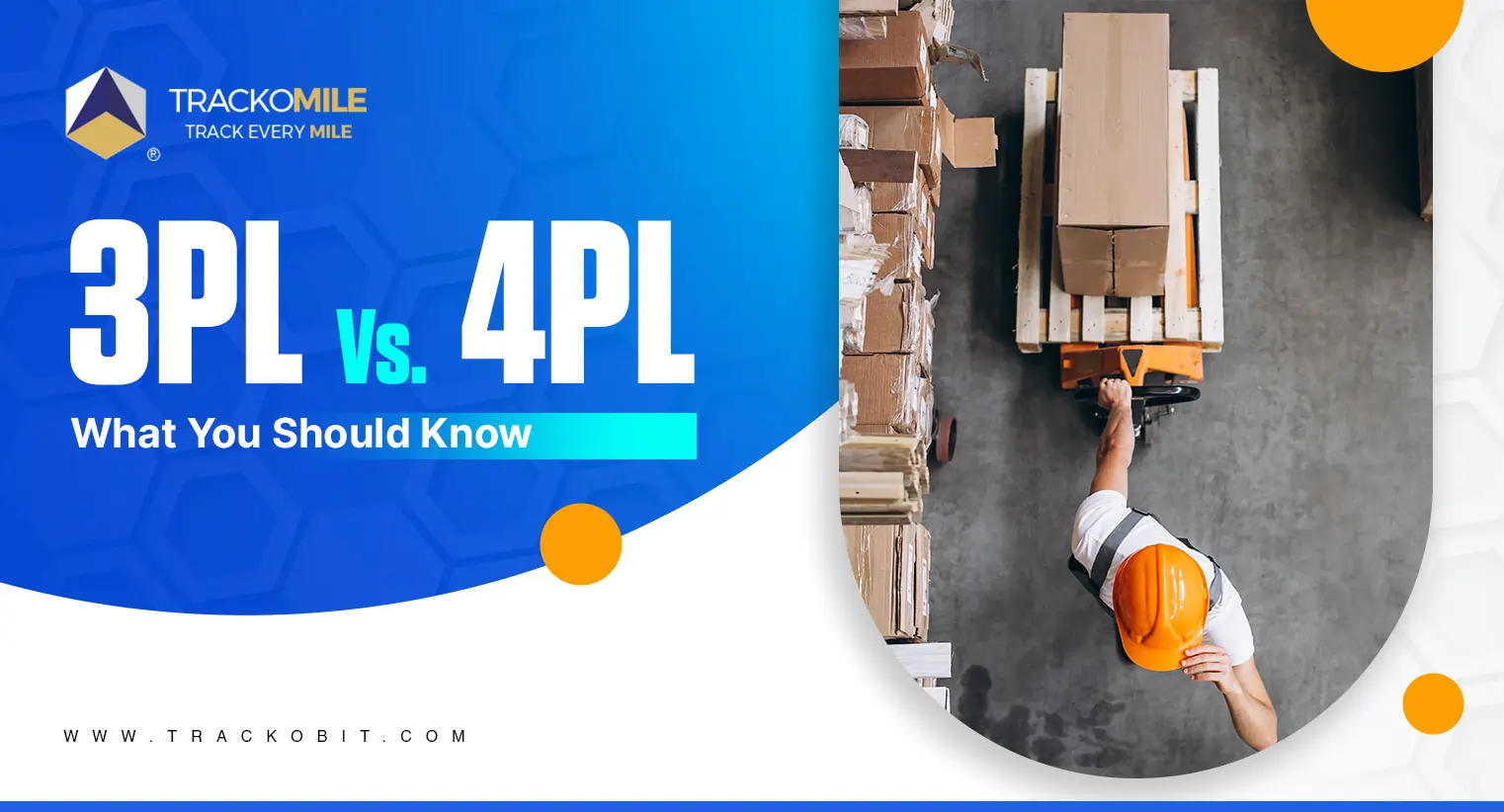
3PL vs. 4PL: Which is Best for Your Business?
Tithi Agarwal September 25, 2024Confused about choosing between 3PL and 4PL for your retail supply chain? Read this blog to find out which is…
-

What is Payload Capacity? Payload Capacity Vs. Towing Capacity
Tithi Agarwal September 10, 2024Payload capacity is the total weight a vehicle can safely carry, and it is crucial for safety and compliance. Exceeding…
-
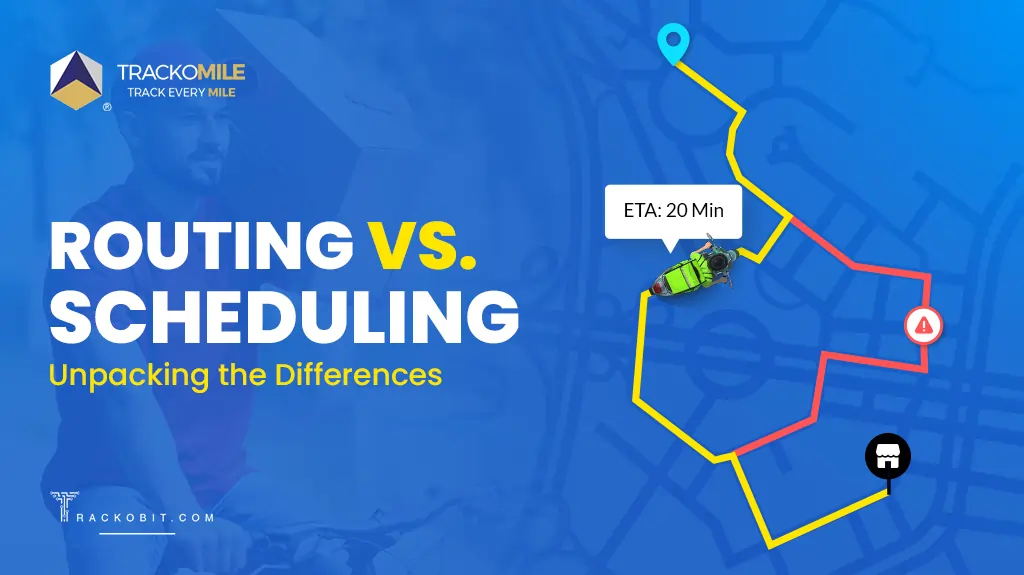
Routing and Scheduling: The Key Differences
Tithi Agarwal August 30, 2024Are you confused between “routing” and “scheduling,” and are you looking for ways to have the best of both worlds?…

Subscribe for weekly tips to supercharge your last-mile delivery.
Your inbox awaits a welcome email. Stay tuned for the latest blog updates & expert insights.
"While you're here, dive into some more reads or grab quick bites from our social platforms!"Stay Updated on tech, telematics and mobility. Don't miss out on the latest in the industry.
We use cookies to enhance and personalize your browsing experience. By continuing to use our website, you agree to our Privacy Policy.


































